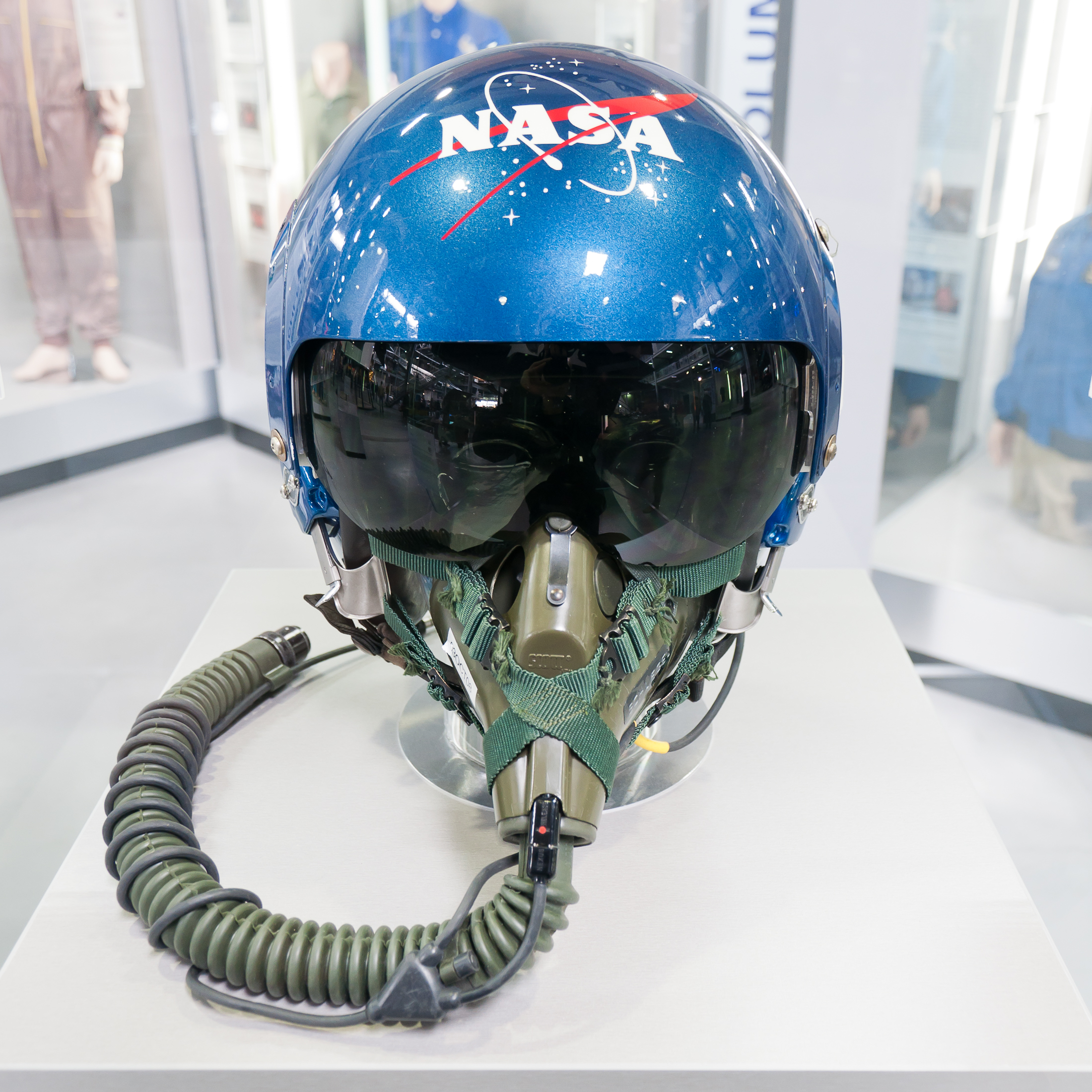Flying Helmet on:
[Wikipedia]
[Google]
[Amazon]

 A flight helmet, sometimes referred to as a "bone dome" or "foam dome", is a special type of helmet primarily worn by military
A flight helmet, sometimes referred to as a "bone dome" or "foam dome", is a special type of helmet primarily worn by military
Image:1912 Warren Safety Helmet.jpg , Demonstration of the Warren Safety Helmet, 1912
Image:Britishleatherflyinghelmet.jpg, British leather flying helmet from 1918
Image:A-9 oxygen mask.jpg, Type B-6 winter flying helmet with A-9 oxygen mask, WW2 vintage
Image:Gsh-6 pilot helmet.JPG, Soviet MiG-25 pilot helmet of the 1980s
Image:Integrated Helmet Display Sight System.jpg, Modern US Army
Images
{{helmets Helmets Aircraft components Aviation medicine Aircrew clothing

 A flight helmet, sometimes referred to as a "bone dome" or "foam dome", is a special type of helmet primarily worn by military
A flight helmet, sometimes referred to as a "bone dome" or "foam dome", is a special type of helmet primarily worn by military aircrew
Aircrew, also called flight crew, are personnel who operate an aircraft while in flight. The composition of a flight's crew depends on the type of aircraft, plus the flight's duration and purpose.
Commercial aviation
Flight deck positions ...
.
A flight helmet can provide: Aerospace International (magazine), March 2011, pages 26–29
* Impact protection to reduce the risk of head injury (e.g. in the event of a parachute landing) and protection from wind blast (e.g. in the event of ejection).
* A visor to shield the eyes from sunlight, flash and laser beams.
* Noise attenuation, headphones
Headphones are a pair of small loudspeaker drivers worn on or around the head over a user's ears. They are electroacoustic transducers, which convert an electrical signal to a corresponding sound. Headphones let a single user listen to an au ...
and a microphone (except when included in a mask).
* A helmet mounted display, mounting for night vision goggles and/or a helmet tracking system (so the aircraft knows where the pilot is looking).
The design of a flight helmet may also consider:
* Comfort – including the weight, centre of gravity and provision for cooling and ventilation.
* Compatibility with an oxygen mask
An oxygen mask provides a method to transfer breathing oxygen gas from a storage tank to the lungs. Oxygen masks may cover only the nose and mouth (oral nasal mask) or the entire face (full-face mask). They may be made of plastic, silicone, or r ...
(for high-altitude flight and NBC protection).
History of flight helmets
In the first days of aviation, the leather helmets used in motor-racing were adopted by pilots as head protection. During World War I, British Engineers led by Charles Edmon Prince added earphones (now calledheadphones
Headphones are a pair of small loudspeaker drivers worn on or around the head over a user's ears. They are electroacoustic transducers, which convert an electrical signal to a corresponding sound. Headphones let a single user listen to an au ...
) and a throat microphone to make a "hands-free" communications systems for Flight Helmets – then called "aircraft telephones". The Group's first product was a hand held "aircraft telephone" and, over a 3 year-process of experimenting with various voice microphones, found the hands-free throat microphone built inside a flight helmet much more user-friendly in open-cockpit
A cockpit or flight deck is the area, usually near the front of an aircraft or spacecraft, from which a Pilot in command, pilot controls the aircraft.
The cockpit of an aircraft contains flight instruments on an instrument panel, and the ...
airplanes due to excessive wind noise and vibrations.
The initial design of early leather flying helmets was adapted during the 1930s to become the iconic type B helmet which enabled the external attachment of radio earphones, oxygen masks, and removable goggles to protect pilot's eyes from the elements. A detailed description of a typical Type B helmet can be found on the website of the Imperial War Museum
Imperial War Museums (IWM) is a British national museum organisation with branches at five locations in England, three of which are in London. Founded as the Imperial War Museum in 1917, the museum was intended to record the civil and military ...
(London, England). It is made from six vertical panels which meet at a central ridge panel running from front to back. There is a rectangular horizontal panel which goes across the forehead and it includes padded leather oval housings at the ears. The chinstrap, also made of leather, is stitched to the right side and buckled to a small strap on the left. The brown leather of the helmet is lined with buff-colored chamois and has a rectangular length of brown-colored material sewn to the inside of the forehead.
By World War II, improved oxygen masks became common as planes flew higher where thinner air required a breathable air supply to the pilots and crew. After World War II until the Korean War, the leather headpiece was gradually replaced with a hard helmet to provide head protection during bailing out (and later with high velocity ejection). Also, goggles were replaced by a built-in visor which was tinted to protect against sun. Current headgear (appearing after the Vietnam War) usually includes communications equipment ( headset and microphones) to let pilots communicate with ground operations and their crew.
Apache
The Apache () are a group of culturally related Native American tribes in the Southwestern United States, which include the Chiricahua, Jicarilla, Lipan, Mescalero, Mimbreño, Ndendahe (Bedonkohe or Mogollon and Nednhi or Carrizaleño an ...
helmet
Image:SPH-5 helmet.jpg, Gentex SPH-5 helicopter helmet
File:Royal Air Force Typhoon Pilot's Helmet MOD 45158393.jpg, Eurofighter Typhoon helmet showing the Helmet Mounted Symbology System
References
External links
Images
{{helmets Helmets Aircraft components Aviation medicine Aircrew clothing